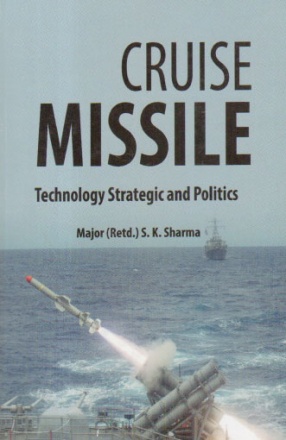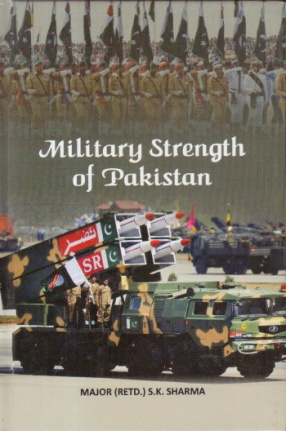The Cruise missile is the principle innovation in U.S. Weaponry in the early 1980s. Because it is inexpensive and versatile, it is likely to be used for a wide range of Military Missions. At the same time, it has become a delicate issue in arms control and alliance politics. At the same time, it has become a delicate issue in arms control and alliance politics. A cruise missile is a guided missile used against terrestrial targets that remains in the atmosphere and flies the major portion of its flight path at approximately constant speed. Cruise missiles are designed to deliver a large warhead over long distances with high accuracy, that is, small circular error probability. Modern cruise missiles are capable of travelling at supersonic or high subsonic speeds, are self-navigating, and are able to fly on a non-ballistic, extremely low-altitude trajectory. They are distinct from unmanned aerial vehicles (UAV) in several ways, the cruise missile is a single use weapon which is always sacrificed in the mission, it is not intended to provide aerial reconnaissance, and the warhead is integrated directly into the hull of the vehicle and cannot be separated.
Contents: Preface. 1. Introduction. 2. Missile guidance. 3. Intercontinental ballistic missile. 4. BrahMos. 5. Chinese Cruise Missile. 6. New nuclear air-launched cruise missile. 7. Strategic Missiles. 8. Arms control and nuclear-armed cruise Missiles. 9. Different kinds of missile. 10. Misslie Defences : system and technology. Bibliography. Index.








There are no reviews yet.